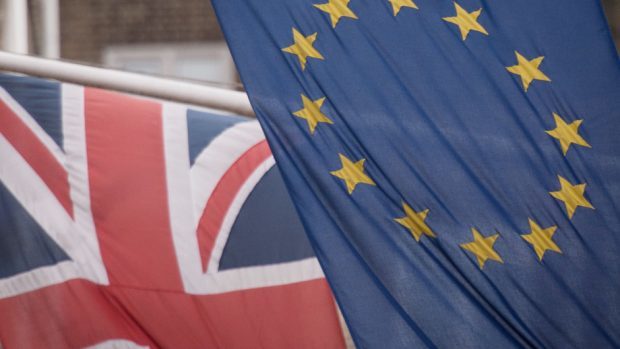Landlords and tenant farmers have been asked to take Brexit into consideration when negotiating rent reviews.
The Scottish Tenant Farmers’ Association (STFA) says the potential impact of Brexit in the years to come should be considered during current rent reviews.
It has reminded both tenants and landlords that rents set this year cannot be reviewed until 2020 – by which time the UK may have left the EU and the Single Market.
Writing in the association’s spring newsletter, STFA chairman Christopher Nicholson said: “At the moment we are enjoying a short-term boost in commodity prices on the back of the drop in Sterling, but this is likely to be negated by rising input costs.
“Land prices appear to be levelling or even falling due to Brexit uncertainties, both north and south of the border, and the devaluation of Sterling could create a period of higher inflation when the profitability of agriculture, and land prices, are heading in the opposite direction. Rents in England seem to be falling and we would expect to see the same thing happening in Scotland.”
He said landlords should not be expecting rent increases in the next few years, and tenants should think carefully before signing up to a rent increase which could “jeopardize the viability of their business” in future.
“Prior to rent reviews, tenants should look at the types of commodity produced on their farms, how reliant they are on export markets, and realise the risks involved post 2019. In short, lamb is most at risk, cereals and milk the least at risk, and beef somewhere in between,” added Mr Nicholson.
“Given that rent reviews are conducted with a view to the three years ahead, tenants need to factor in rising input costs when negotiating rents, particularly imported goods such as nitrogen and phosphate fertilisers, and animal feed proteins which will be affected by the fall in Sterling.”
A spokesman from landowners’ organisation, Scottish Land and Estate, said: “There are many factors that are taken into account when the rents are assessed between the tenant and the landlord in order to achieve a fair rent for both parties.
“The vast majority of farm tenants and landlords reach agreement on rents amicably and our position has always been to encourage constructive dialogue between parties which in turn should produce a mutually satisfactory outcome. This has to be placed in context against a backdrop of government statistics which suggest that farm rents are good value.”
